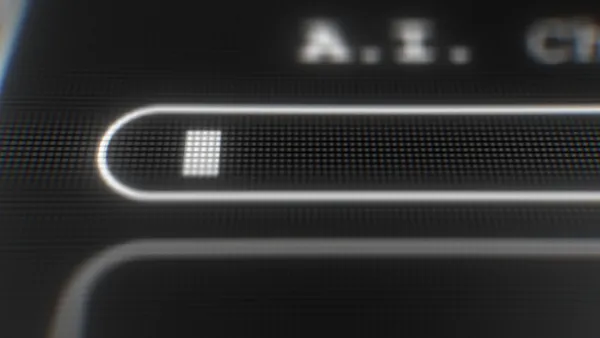Dive Brief:
- The Consortium of Networked Schools (CoSN), in partnership with the Berkman Center for Internet and Society at Harvard University, has released a new online resource to help school districts leverage their options for expanded fiber connectivity opportunities under the federal E-rate program.
- The report notes that the ways in which schools acquire fiber conductivity is very diverse, and managing costs is highly dependent on the circumstances that are specific to each individual district.
- Some options include using what is known as "dark fiber," where schools lease unused fiber from a provider; "lit fiber," which is when a school does not control its fiber network or network operations and management; and "self-provisioned networks," which involve the construction of new fiber networks from scratch that are then owned outright by schools.
Dive Insight:
Using tactics like the implentation of dark fiber isn't new, but with the new CoSN toolkit, it's possible that more schools might find connectivity options where they previously thought no avenues existed. In 2015, District Administration reported that schools had started buying up space on the installed but unused fiber. And to keep costs down, some central recommendations still remain unchanged for school systems: partner with other larger districts to pool contracts and benchmark prices against what other districts are paying.
Unfortunately, despite E-rate funding growing from just $3.9 billlion in 2015 to a projected $5.8 billion in 2016, American schools have a long way to go before meeting connectivity goals. One recent survey found that while 97% of schools already have Wi-Fi, their equipment and hardware are already antiquated and will need replacement soon. Some 37.5% reported equipment between 3-5 years old. Additionaly, 21 million American K-12 students still lack adequate internet access. Just 9% of districts currently meet the FCC’s 2018 goal of doubling the current 100 kbps rate.





 Dive Awards
Dive Awards







